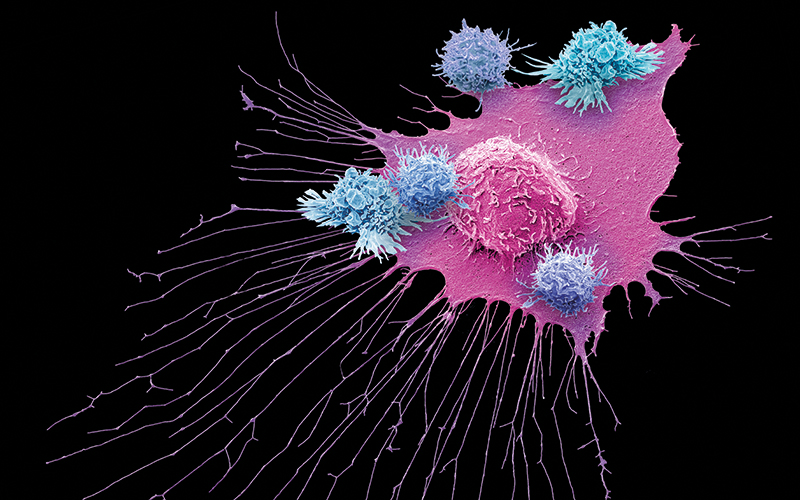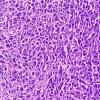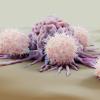Cryptococcus-associated immune reconstitution inflammatory syndrome (C-IRIS) happens when an immunocompromised patient is unknowingly infected with the fungus Cryptococcus.

Once the patient’s immune system begins to rebuild, creating more T-cells, the infection sparks systemic inflammation.
C-IRIS frequently affects patients receiving antiretroviral therapy, recovering from chemotherapy, or recovering from a transplant, and also has been known to affect postpartum women or patients with multiple sclerosis.
However, it is difficult to diagnose, requiring ruling out other causes first, said Jinyan Zhou, study co-author from the University of Illinois.
Wanting to understand more about the condition and its progression, the researchers developed a mouse model of the disease.
They gave injections of T-cells to immune-deficient mice preinfected with Cryptococcus, simulating what happens when the immune system starts producing higher levels of T-cells after being suppressed.
The symptoms the mice developed – such as inflammation, fluid in the brain and pulmonary dysfunction – were in line with those of human patients.
When the researchers investigated further, they uncovered a chain of events leading the T-cells to invade the brain and affect breathing.
The receptor CCR5 is implicated in HIV and cancer, and also found on the surface of T-cells. When the T-cell populations started to rise in the mice, the receptor promoted the white blood cells’ infiltration into the brain. In addition, the T-cells that had infiltrated the brain produced high amounts of two molecules known to cause damage to neurons in the regions of the brain that control respiratory function.
“Finding that the pulmonary dysfunction is due to neuron damage in the brain was a new way of seeing this condition,” said study leader Makoto Inoue. “We know the brain controls many peripheral organs, but this is a notable idea for clinicians treating this syndrome. Normally, drugs are given to try to improve lung function, but they don’t work. Now we know it’s due to changes in the brain, so that gives us new treatment pathways to target.”
Image credit | Science-Photo-Library




